When you are on a trip to Azerbaijan, many stunning locations you will encounter. Its skyline is so impressive that many people forget to notice its historical origin and traditional architecture. But the Walled City of Baku and other Heritage Sites drags the notice of many history buffs and tourists. One site which has left an important impact on every traveller soul is the Historic Centre of Sheki And Khan’s Palace. It is another UNESCO World Site famous for its grand ancient architecture.
Let’s know more about Sheki And Khan’s Palace so that you can add it to your travel bucket list of Azerbaijan.
Sheki And Khan’s Palace
Sheki is hometown to the Sheki Khans’ palace and summertime home, which has been granted “special protection” status. It is one of Azerbaijan’s most beautiful cities, with cobblestone lanes and historic buildings.
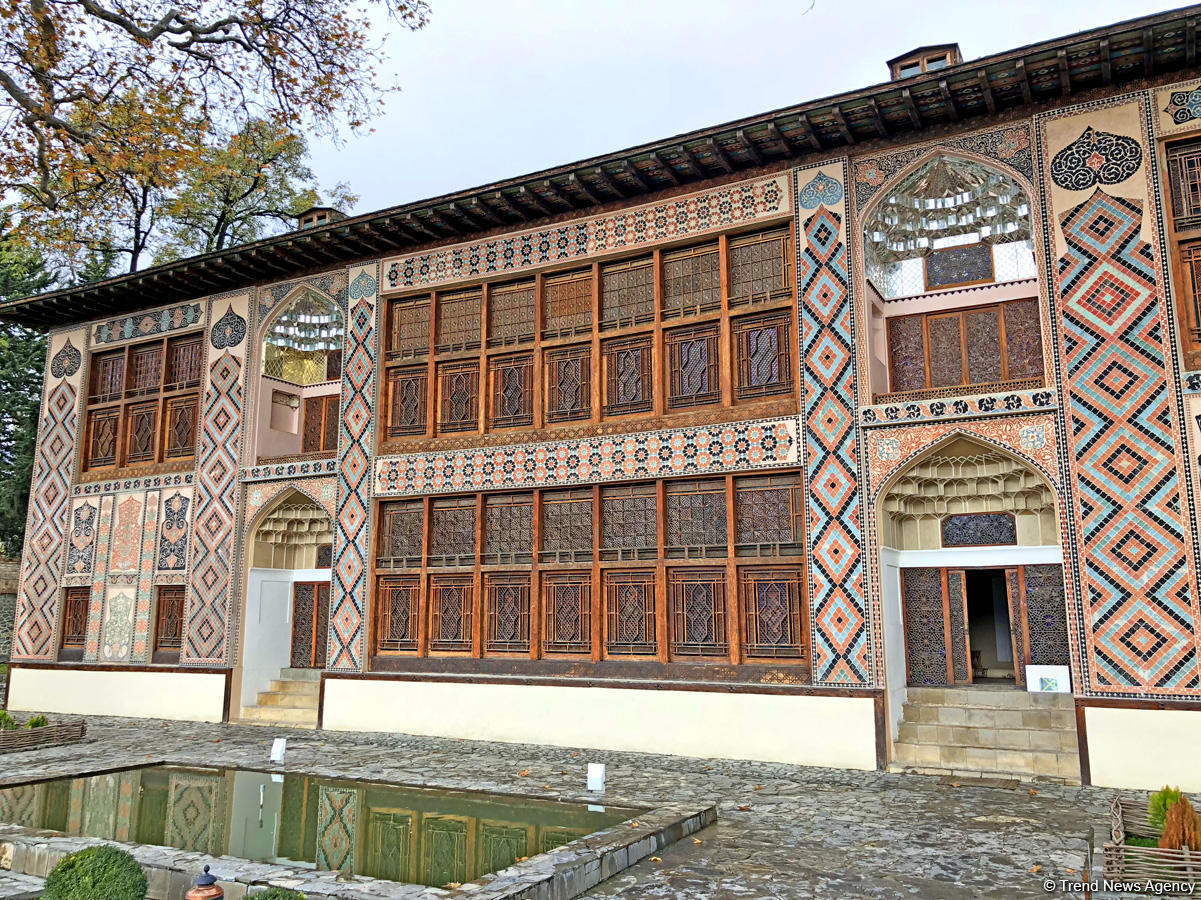
The historic centre of Sheki and Khan’s palace is split in half by the Gurjana River, which runs through the foothills of the Greater Caucasus Mountains. The ancient northern section of the site is built on the mountain, while the southern part is built in the river valley. This historic centre was restored after mudflows in the 18th century. It is famous for the traditional architecture from the past era and the ensemble of homes with high gabled roofs.
Also Read: Explore Gobustan Rock Art Cultural Landscape at Azerbaijan
Significance of this Heritage Site
Since October 24, 2001, the property has been on the UNESCO World Heritage Tentative List in Need of Urgent Safeguarding and the committee has finally acknowledged it. Travellers are enthralled by the artistry of the palace, which is one of Azerbaijan’s most cherished pieces of ancient architecture.
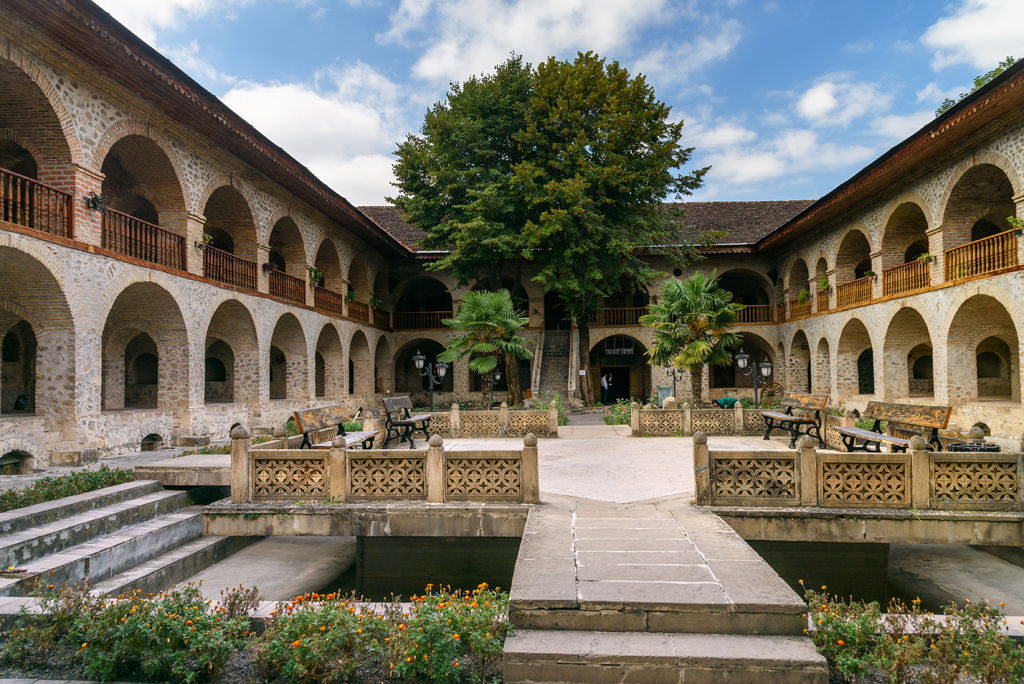
Within Huseyn Khan’s citadel at the top of this Silk Road city, the Palace, erected in 1762, is encircled by scores of exquisite chinar trees. This historical landmark will help us highlight Azerbaijan’s rich heritage, distinctive culture and unique history to the world, as well as the country’s legacy after it was added to the UNESCO World Heritage List.
History of Sheki And Khan’s Palace
Sheki And Khan’s Palace is located along key ancient trade routes. The whole architecture of the palace is influenced by Qadjar, Safavid and Russian building traditions and designs. The Khan Palace and a number of merchant homes in the city’s northeast show the wealth gained by silkworm farming and the commerce in silk cocoons from China in the late 18th to the 19th centuries.
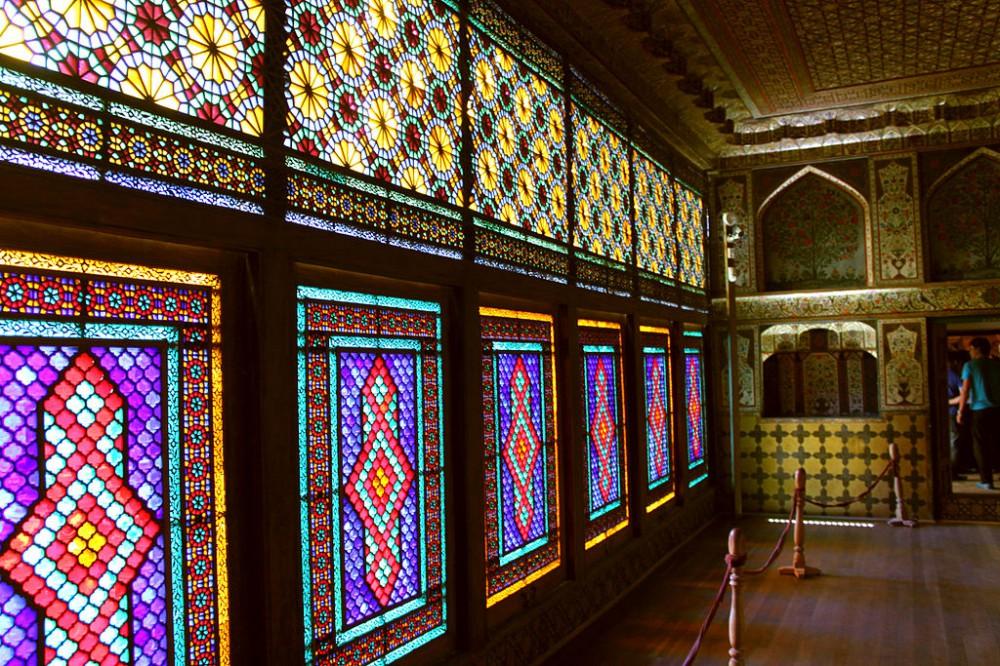
It’s known for its classic architecture from a bygone era, as well as a cluster of homes with high pitched roofs. Azerbaijani craftsmen are known for their old art of Shebeke, which can be seen throughout the city, particularly on the windows of the Sheki Palace.
Design Aspects of Sheki And Khan’s Palace
The Sheki Khans’ Palace is Azerbaijan’s most impressive and important 18th-century structure. The spectacular interior and exterior of the two-story palace make it one of a kind. The palace’s front is covered in artwork depicting hunting and combat themes, as well as sophisticated geometrical and botanical designs.
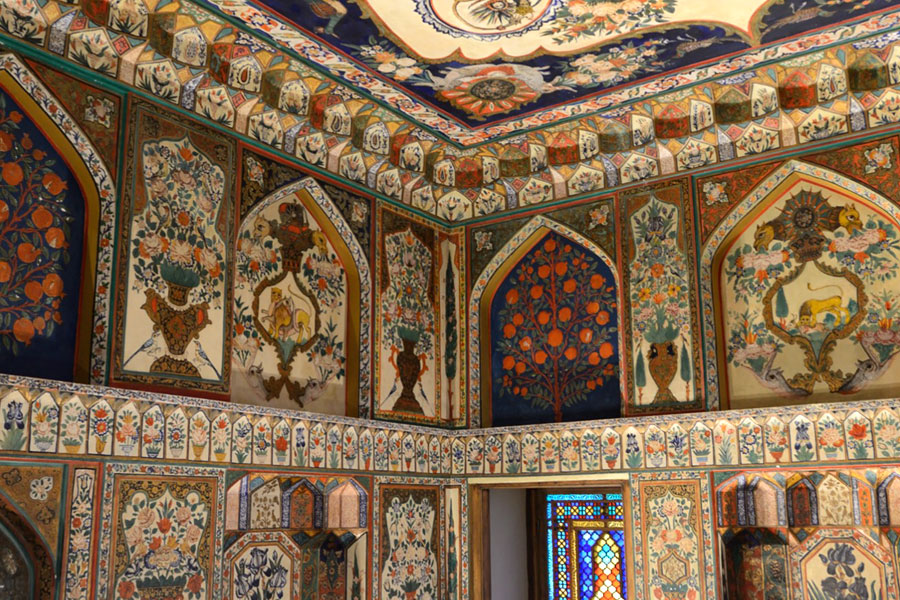
A large stained-glass window consisting of multi-coloured glass mosaics sits in the centre. Other smaller windows throughout the palace are also covered with stone lattices and colourful glass. Raw bricks, river pebbles, plane trees and oaks were used to construct the palace. The building was completed without the use of a single nail or glue.
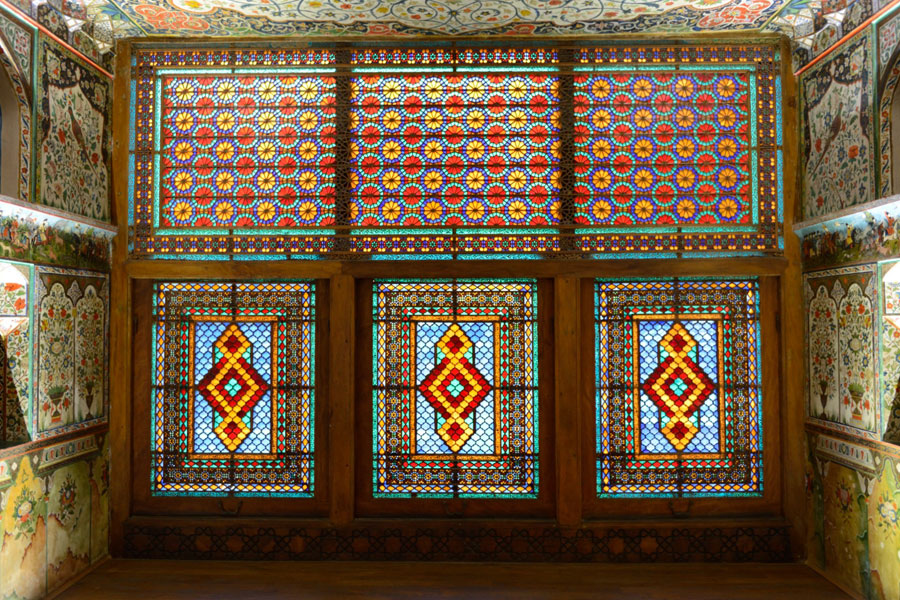
The Sheki Khans’ Palace has only six rooms, four corridors and two mirrored balconies. All of the palace’s windows and doors were expertly crafted from wood and colourful Venetian glass. From the red, yellow, blue, purple and green coloured glass, all of the light that flows into the palace is rich in rainbow colours
Conservation and Recovery
The restoration was completed entirely under the supervision of Niyazi Rzaev from 1955 to 1965. This project featured two architects, Kamal Mamedbekov and Nikolai Utsyn, who created measurement and restoration drawings. The restoration workshop was formed in the ceremonial hall on the second level of the palace, with the architects staying in the chambers around the hall. The repair idea for the entire palace complex was based on the drawings created by Mamedbekov and Utsyn. The most recent and complete repair took place between 2002 and 2004, with funding from the World Bank and was overseen by a German restoration team.
Everything is in place as a result of unique craftsmanship, the secret of which was forgotten and now is being restored by local artisans. The palace took 10 years to construct: two years to construct the main structure and eight years to complete all of the decorations.
Also Read: Walled City of Baku – Heritage And Architectural Jewel of Azerbaijan

